Restoring a flatbed trailer can seem daunting, yet with the right approach, tools, and knowledge, you can bring it back to an optimal condition. This guide comprehensively covers every aspect of trailer restoration, enabling you to tackle the project with confidence.
Understanding Your Flatbed Trailer
Types of Flatbed Trailers
Flatbed trailers come in various types, each suited to specific needs. Knowing your trailer’s type will influence your restoration process.
| Trailer Type | Description | Best Uses |
|---|---|---|
| Standard Flatbed | A flat surface with no sides; versatile and common. | Residential and commercial transport. |
| Drop Deck | Has a lower platform for transporting taller loads. | Heavy machinery transport. |
| Step Deck | Features a step down in the middle of the deck. | Over-height cargo. |
| Gooseneck | Connects over the truck bed, allowing for a sharper turn. | Hauling large loads |
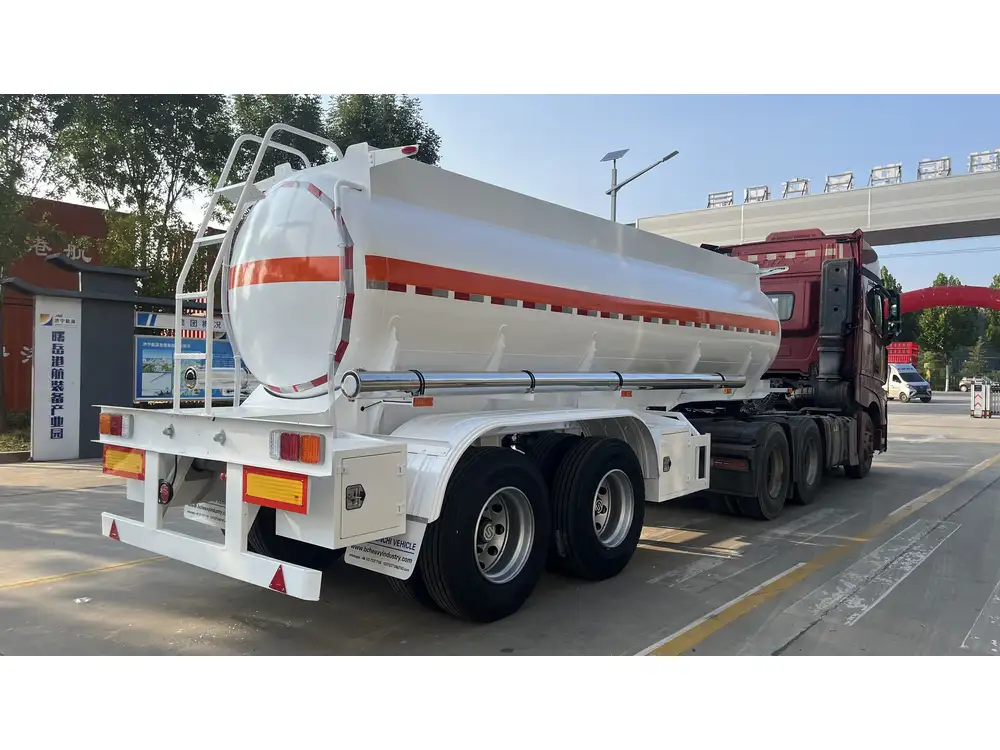
Materials Used in Flatbed Trailers
Understanding the materials will help you decide how to approach repairs:
- Steel: Strong and durable, prone to rust.
- Aluminum: Lighter and rust-resistant, yet can be costlier.
- Wood: Often used for decking but less durable than metals.
- Composite: A mix of materials designed to reduce weight while maintaining strength.
Assessing the Condition of Your Trailer
Visual Inspection
- Check the Frame: Look for visible cracks, rust patches, or bends.
- Examine the Deck: Check for any signs of warping, deep scratches, or decayed wood.
- Inspect the Axles and Suspension: Listen for unusual noises and examine for wear and tear.
- Test the Brakes and Lights: Ensure all components are operational.

Functionality Tests
Conduct a thorough functionality test:
- Ensure the trailer rolls smoothly without binding.
- Test braking systems to confirm effectiveness.
Tools and Materials You Will Need
Essential Tools
- Wrenches and Sockets: For bolts and hardware removal.
- Screwdrivers: Various types for all screws used.
- Pry Bars: Help remove rusted or stuck parts.
- Torque Wrench: For ensuring proper tightening.
- Welding Equipment: Essential for frame repairs.
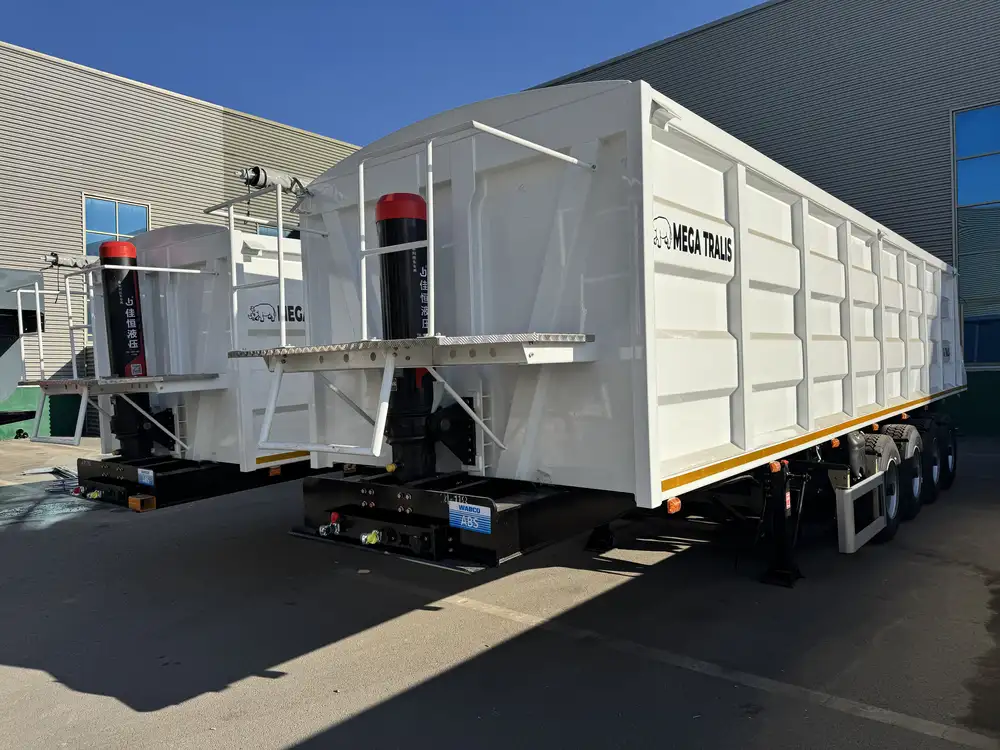
Supplies Required
| Material | Purpose |
|---|---|
| Rust Inhibitor | Prevents future rust. |
| Paint or Sealant | Protects metal surfaces. |
| New Decking Material | Replacement for worn areas. |
| Brake Pads and Lights | For updating safety features. |
Step-by-Step Restoration Process
Step 1: Disassembly
- Remove the Decking: Start by removing the existing decking from the frame. If the wood is rotted, be cautious of splinters and sharp edges.
- Detach the Trailer from the Tow Vehicle: Ensure you safely detach and stabilize the trailer during restoration.
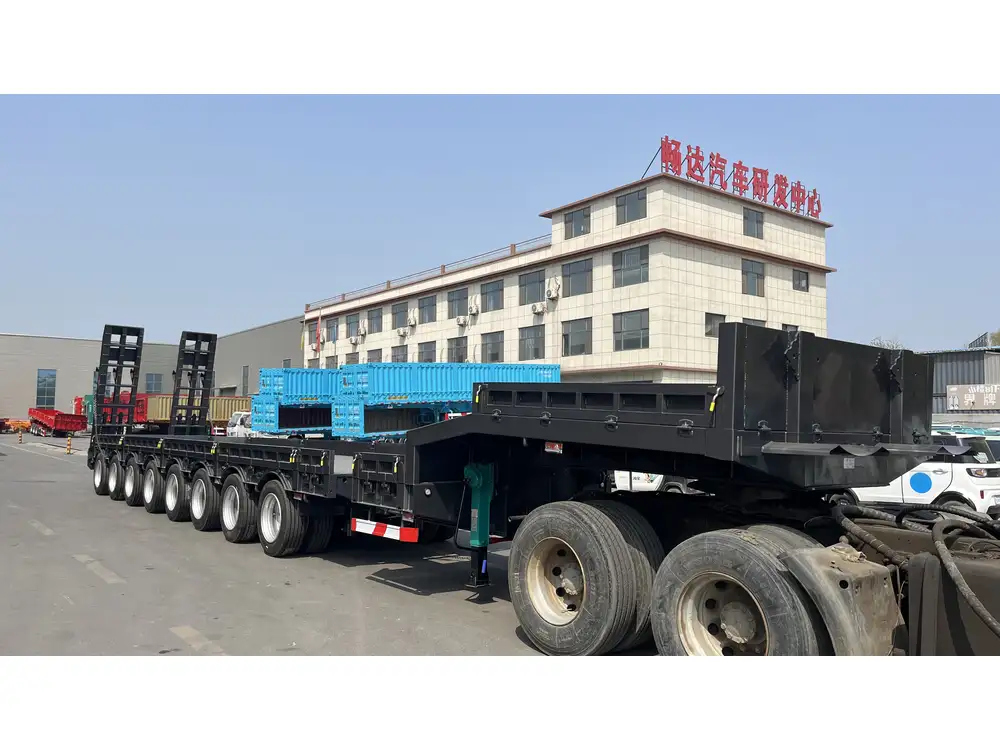
Step 2: Frame Repair
- Clean the Frame: Remove dirt and rust using a wire brush and chemical rust removers.
- Weld Any Cracks: Use a welding machine for any structural repairs.
- Repaint: Protect the frame with a rust-inhibiting paint once repairs are complete.
Step 3: Deck Replacement
- Choose Your Material: Decide between wood (pressure-treated for longevity) or composite decking.
- Lay the New Deck: Securely screw down the new decking. Be sure to leave appropriate gaps for expansion.
Step 4: Axles and Suspension Maintenance
- Inspect: Check the axles for visible damage or warping.
- Relube Bearings: Replace or re-lubricate wheel bearings to ensure smooth movement.
- Replace Shocks and Springs: If worn, replace these components to improve the ride quality.
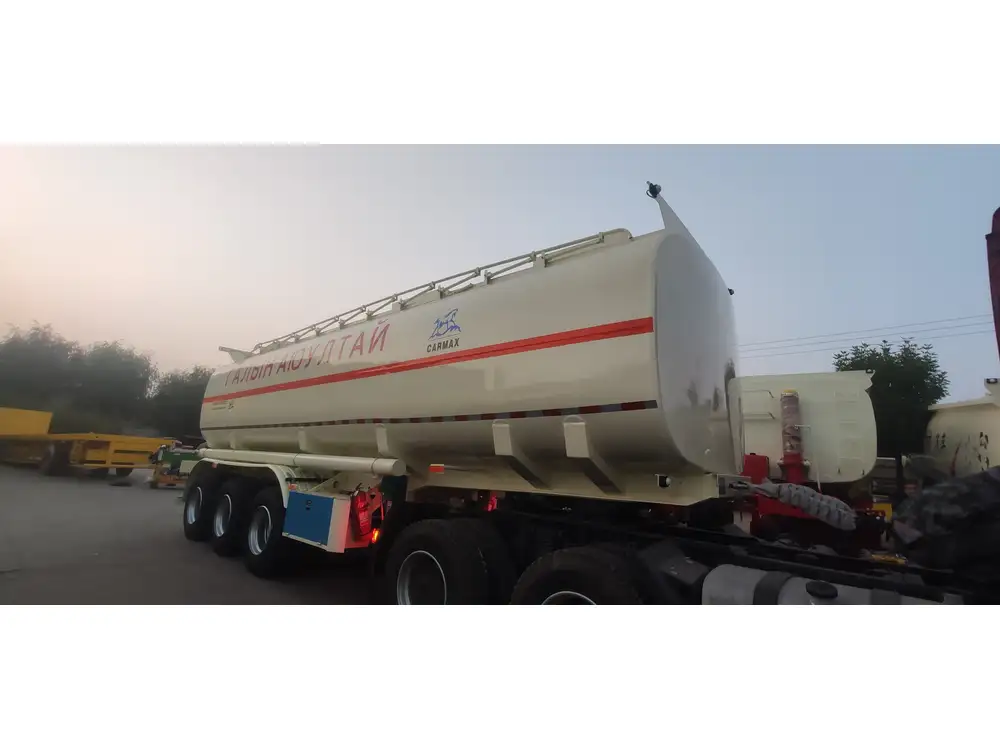
Step 5: Safety Features
- Brakes: Inspect and replace any worn brake pads.
- Lighting System: Check all lights; replace bulbs as necessary and ensure proper wiring.
Step 6: Final Assembly and Test
- Reattach the Trailer: Once all parts are in order, reattach any components you removed.
- Conduct Test Runs: Perform test runs to ensure everything operates correctly.
Maintenance Tips to Extend Trailer Life
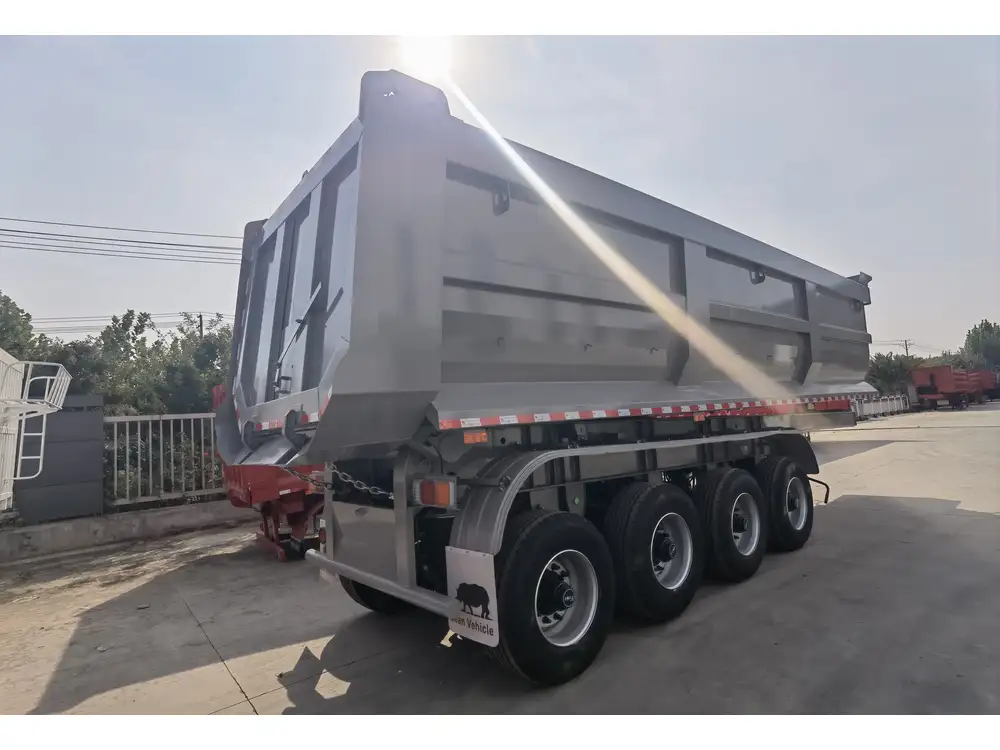
Regular Inspections
Schedule regular inspections to identify issues before they become critical. Check the following:
- Frame integrity every six months.
- Wheel bearings annually.
- Decking surface at the start and end of the season.
Protect Against Rust
- Wash After Use: Especially after hauling corrosive materials.
- Apply Rust Inhibitor: Regularly coat areas prone to rust with suitable products.
Ensure Proper Storage
Store your trailer in a dry, covered space to mitigate elements’ wear and tear.
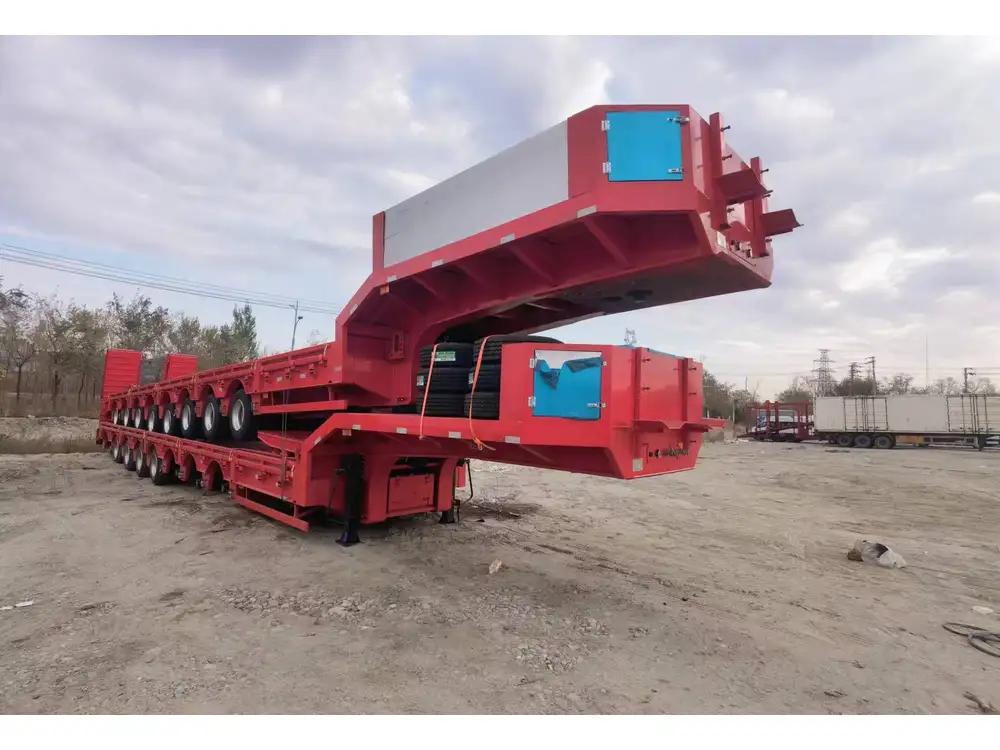
FAQs About Flatbed Trailer Restoration
How Much Does It Cost to Restore a Flatbed Trailer?
The cost can vary significantly based on the extent of damage. A budget could range from $500 for minor repairs to several thousand if extensive work is needed.
Can I Restore a Trailer by Myself?
Absolutely! With the right tools, materials, and knowledge, many DIY enthusiasts successfully restore their trailers.

How Long Does the Restoration Process Take?
The time frame can range from a day for minor touch-ups to several weeks for major projects, depending on the complexity of the repairs.
- Minor Repairs: 1-3 days.
- Moderate Repairs: 1-2 weeks.
- Major Overhauls: Up to a month or longer.
Conclusion
Restoring a flatbed trailer is a rewarding endeavor that refreshes not only its utility but also transforms its aesthetic appeal. With a methodical approach and adherence to safety protocols, this guide equips you with the knowledge needed for a successful restoration. By following these steps, you not only enhance your vehicle’s performance but also extend its lifespan, ensuring that it remains a valuable asset for years to come. So gather your tools, set your goals, and let the restoration journey begin!



